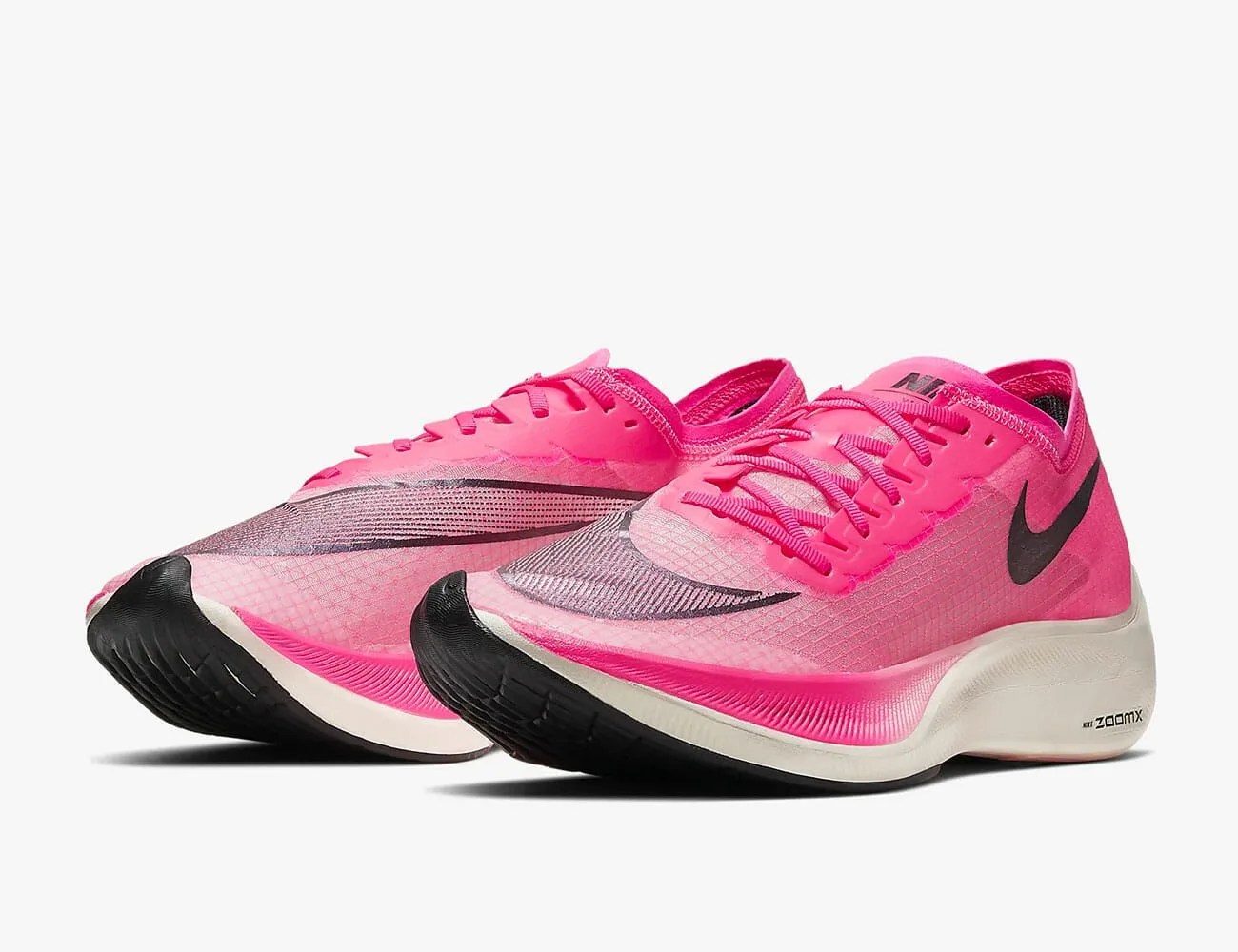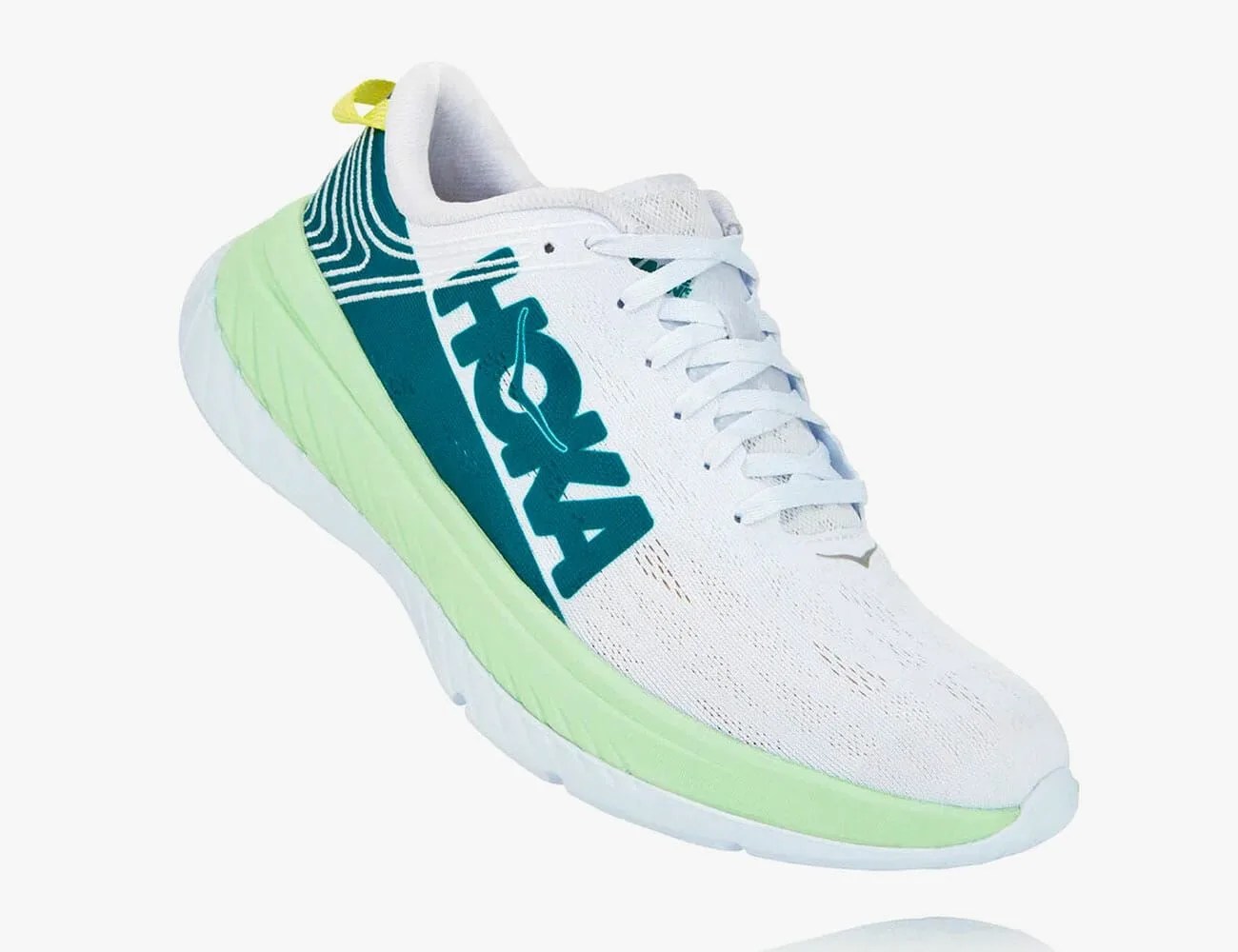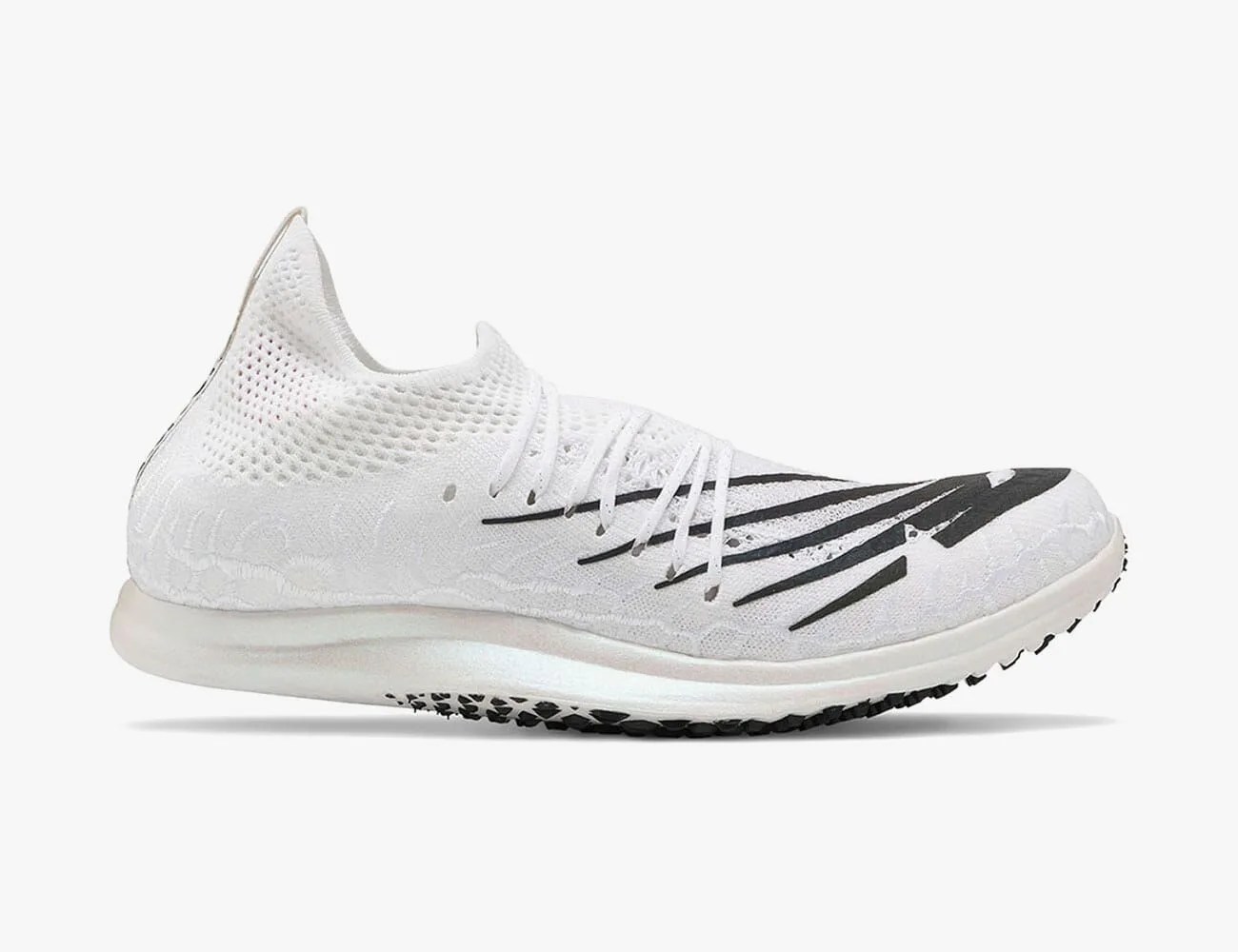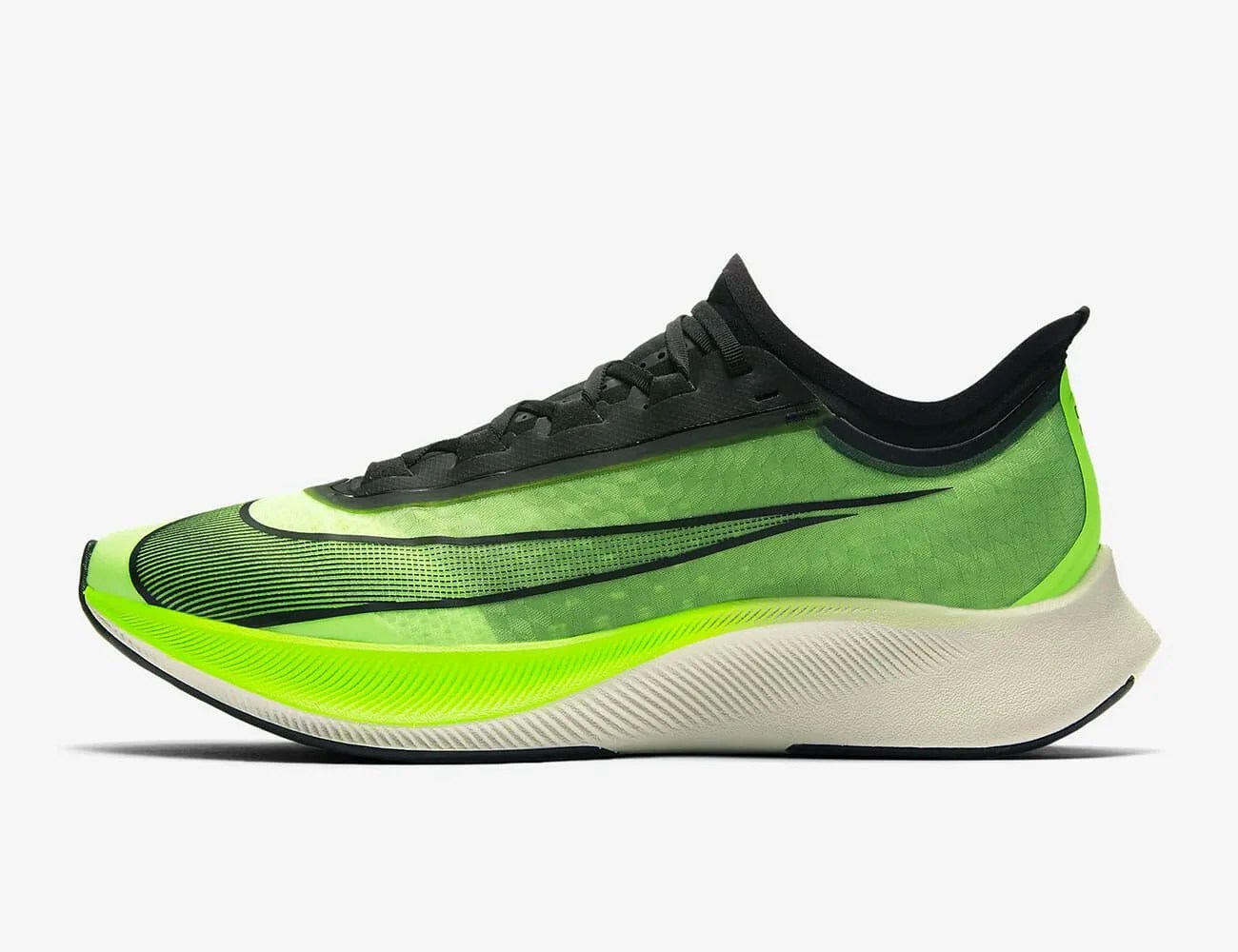What do a car, boat and plane have in common? If you’re thinking an engine, you’re right. However, despite having a common denominator, you wouldn’t use a car to fly or a boat on the roads; their use cases are very specifically built. Carbon fiber plated running shoes are similar. While not as obvious as the preceding example, each carbon fiber shoe is designed for a certain type of runner.
Believe it or not, the first carbon fiber running shoe debuted over 15 years ago when Adidas experimented with improving their popular racing shoe, the AdiStar. In an effort to boost performance, researchers introduced a thin carbon fiber plate to the midsole of the shoe. While the precise mechanics weren’t totally understood at the time, it’s now thought that carbon fiber plates help reduce energy lost as the big toe bends during toe-off.
The most notable and publicized carbon fiber shoe is the Nike Vaporfly 4%, and righfully so. Between its independently researched confirmed performance benefits and crazy fast marathon times, that shoe above all others makes ya wonder, “Could I benefit from a pair?”
In total, six carbon fiber running shoes are out now, with more on the way: the Nike ZoomX Vaporfly NEXT%, Nike Zoom Fly 3, Nike Vaporfly 4% Flyknit, Hoka One One Carbon X, Hoka One One Carbon Rocket and New Balance FuelCell 5280.
As I mentioned above, each of these shoes is quite different in build and purpose. Before dropping as much as $250 on a pair of running shoes, you need to consider factors such as your running pace, running mechanics and race distance. If you don’t, the result could be as useless as buying a car for a day on the lake.






